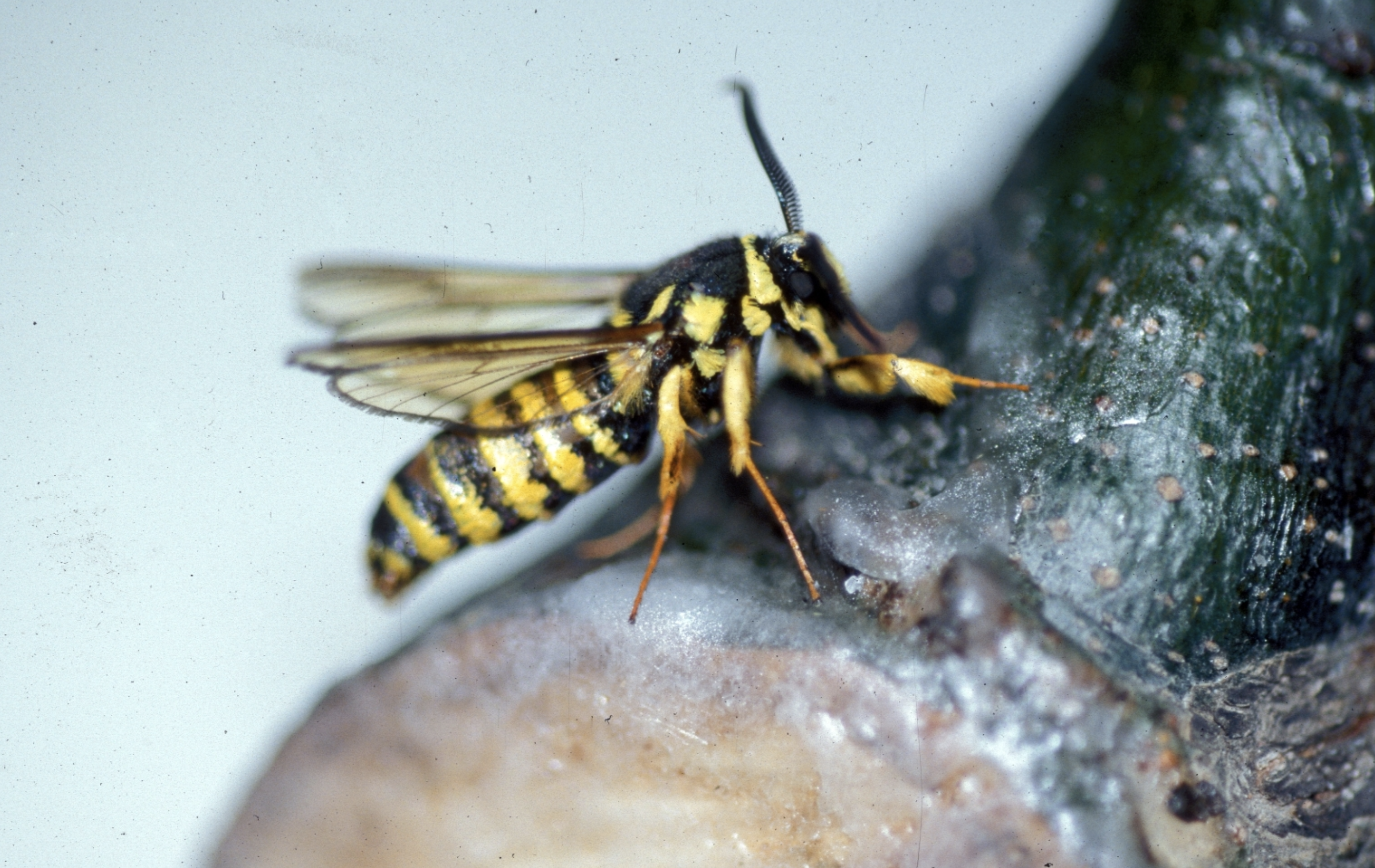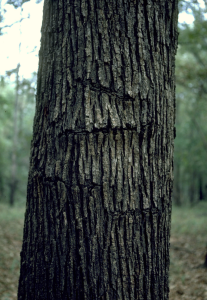
See all posts by this author

Photo courtesy of James Solomon, USDA Forest Service, Bugwood.org
Oak borers, such as the oak clearwing borer, two-lined chestnut borer, and the gold-spotted oak borer, can cause significant damage to oak trees by boring into the wood. Addressing an oak borer infestation requires both preventive and reactive measures.
Of course, prevention and treatment for oak borers is included in a Plant Health Care subscription from Arborscapes. (As are myriad other pests and diseases) If you would like to become a part of our Plant Health Care program, reach out to Arborscapes today! Your living landscape will be the envy of the entire neighborhood!
Here’s how to best treat and manage oak borer infestations:
Cultural and Environmental Controls:
- Tree Health: Maintaining the health of the oak tree is paramount. Stressed trees are more susceptible to borers. Ensure the tree is properly watered, especially during droughts. Mulching around the base can help retain soil moisture and protect the tree from lawn equipment.
- Avoid Injury: Minimize tree wounding. Injuries from equipment, improper pruning, or other causes can attract borer adults for egg-laying.
- Proper Pruning: Prune during dormant seasons when adult borers are not active. This helps avoid attracting them with fresh cuts.
Chemical Controls:
- Protective Sprays: Insecticides containing permethrin or bifenthrin can be applied to the bark from the base of the tree up to the first major branch junction in late spring. This can deter female borers from laying eggs and kill emerging larvae before they bore into the tree.
Monitoring:
- Inspect your oak trees regularly for signs of borer activity, such as exit holes, frass (sawdust-like excrement), or areas of oozing sap.
- Pheromone traps can be used to monitor adult borer activity, alerting you to their presence and potential risks.
Sanitation:
- Quickly remove and destroy infested branches or trees. They can act as reservoirs, breeding grounds, and sources of future infestations.
- Clean up and dispose of any pruned materials and deadwood, which may harbor borers.
Biological Controls:
- Certain parasitic wasps and nematodes can target borer larvae. While these might not provide complete control, they can be part of an integrated pest management strategy.
Remember that the key to effectively managing oak borers is early detection, maintaining tree health, and a combination of cultural, physical, and chemical treatments. Given the potential impact of borers, consulting with a local arborist or tree health professional may also be beneficial.
And if all of this sounds like too much work, contact Arborscapes to subscribe to our Plant Health Care program, and we will take care of this, other pests, fertilization and health concerns for your living landscape!
Clearwing Oak Borer photo courtesy of Daniel Herms, The Ohio State University, Bugwood.org
See all posts by this author
